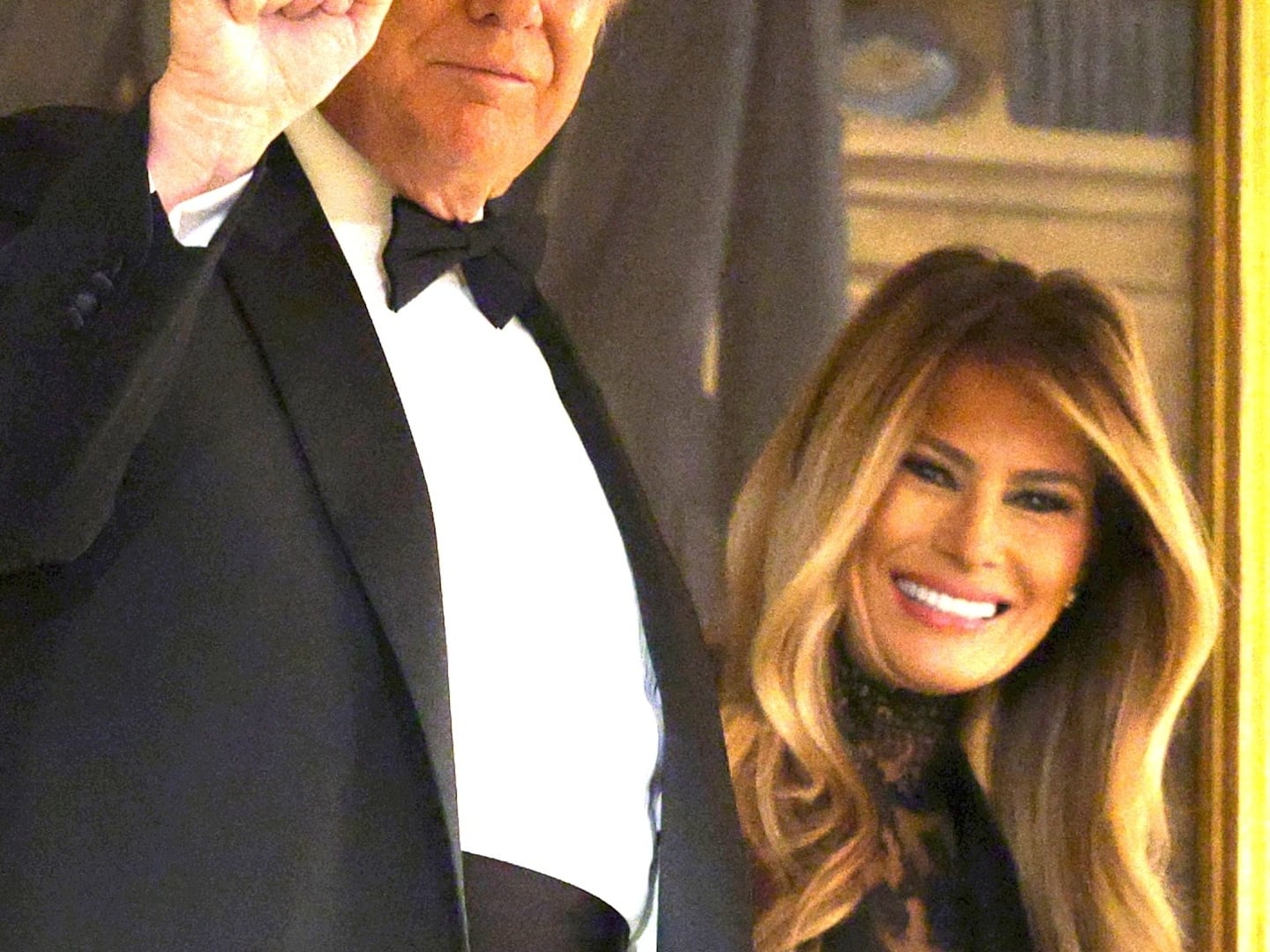“I knew it was going to end up about my penis,” Johnny Knoxville grins in faux incredulity as we sit alone inside a Harley-Davidson showroom on a hot summer day surrounded by dozens of chromed-out Easy Riders, the ultimate symbols of 1970s-era American muscle and machismo.
“I have a big scar running here to here,” he says, innocuously pointing an index finger between his legs and up to his crotch to where he famously tore his urethra in 2007 while paying tribute to stunt god Evel Knievel. “You know, I never even thought to look at the scar until six weeks ago. I found a stand-up mirror, got out of the shower, and checked out the scar,” he paused. “And that is a terrible angle to look at yourself in.”
The MTV madman, who made his name by subjecting his lanky frame to all manner of peril, ridicule, and blunt force trauma alongside his daredevil brethren of Jackass, has been fielding concerned inquiries about his junk ever since the infamous 2007 bike stunt that went horribly, horribly wrong.
At least now, as the producer of the revealing documentary Being Evel and one of its most expert talking heads—when it comes to putting one’s body in harm’s way for the sake of entertainment—Knoxville has a better reason to wax nostalgic over ambitious leaps and penis scars.
In the film, Knoxville revisits the most fateful crotch-shot in Jackass history, which went down when Knoxville took a spill while attempting to backflip a motorcycle for an MTV special dedicated to Knievel. The bike came straight down on Knoxville’s johnson, and as his film crew and pals stood by, the handlebars snapped off on impact. He survived; so did his penis, fortunately. And the life-changing moment was captured, of course, on camera.
“It’s just like a dog’s chew-toy down there,” he told Vanity Fair with descriptive flair, years after the incident that sent him to surgery and left him using a catheter twice a day. “It looks like a sock that’s lost its elasticity.”
The dick-breaking heard ’round the Internet earned Knoxville eternal sympathy pangs from every fan with XY chromosomes. Only Knievel, the rough-and-tumble stunt legend whose 433 career broken bones earned him a Guinness World Record for most bones broken in a single lifetime, might have scoffed at just the one broken penis. “You’re never a failure,” the charismatic daredevil was known to say, “as long as you try to get up.”
“He had a profound effect on my life and other kids growing up in the ’70s,” Knoxville marveled of Knievel, the trailblazing role model who inspired generations of children to grow up into extreme athletes, thrill-seekers, and Jackasses. “He invented a whole way of thinking, of just going for it. Nobody had went for it like that before.”
Directed by Oscar-winner documentarian Daniel Junge and co-written by Davis Coombe, Being Evel takes a warts-and-all look at the complex man, husband, father, celebrity, athlete, salesman, showman, hustler, entertainer, and international icon who first rose to fame in 1967 by crash-landing his motorcycle over the fountains of Caesar’s Palace in Las Vegas.
“It was, I think, America’s most cynical time,” Knoxville mused. “Coming out of the end of the ’60s was very rough, especially ’68… Watergate… as Geraldo Rivera says in the film, even the president lied. And here came this guy dressed in red, white, and blue leathers telling you, ‘I’m going to do something no one’s ever done before—I’m going to risk my life. Watch this!’ The spirit of it, the self-made man, was all distinctly American.”
Knievel’s death-defying long-distance jumps were highly orchestrated PR sideshows engineered and promoted by the man himself—often without rehearsals, safety measures, or precise scientific calculations. “I’ve seen guys try to break the distance record and they have speedometers, there’s math and science. It’s smart, and still what they’re doing is very dangerous,” said Knoxville. “But he didn’t have a speedometer. He just had a guy standing there going, ‘I think you’re going fast enough!’ He didn’t practice jumps—he just took a shot of Wild Turkey and went.”
Knoxville recounted one legendary story from that career-defining jump. “Before he did the jump he went down and put his last $100 all on black, and lost it. Did a shot of Wild Turkey. Joe Louis the boxing champ was the doorman at Caesar’s Palace and I’m paraphrasing here, but he said, ‘You know what, kid? This whole thing might work out better if you don’t make it.’ That was his pep talk. But it was true! That jump put him on the map, and he knew people weren’t showing up to watch him make it.”
Knievel, born Robert Craig Knievel in Butte, Montana, grew up without a father—a void that sparked in young Knievel a lifelong yearning for success and attention, the film argues. After dabbling in petty crime as a teenager and hustling everything from insurance to an elaborate hockey scam involving the Czech national team, he found his calling by putting his body on the line in increasingly daring—and increasingly publicized—stunts.
Borrowing his swag from idols Elvis and Liberace, the hard-living, skirt-chasing, thrill-seeking Knievel adopted his red, white, and blue leather look and the “Evel Knievel” persona and never looked back. Relatives and former associates, including the press agent Knievel assaulted years later with an aluminum bat in a fit of fury that landed him in jail, remember a complex man whose self-belief and capacity for greatness went hand in hand with an often brutish nature.
“Some of the things that made him a great entertainer made him pretty rough on people in his personal life,” said Knoxville, one generation’s daredevil looking back on another. What is it that drives these mortal men to test their minds, bodies, and luck at the risk of death, disfigurement, and failure?
Knoxville considered Knievel’s case. “I think it’s natural for a man who spent his life suppressing so much fear,” he said of the stress Knievel shouldered to keeping up his fame and persona even as the crowds began disappearing and the media started to sour on him. “More than anyone in the entertainment field, more than anyone period. It adds up. You can’t suppress fear forever. Personally, I’ve tried to fix a lot of things about myself in the past 10 years, with therapy, but I didn’t set parameters. The side of me that does stunts, I don’t want to fix. Not right now.”
Knoxville continued: “The bigger difference between Knievel’s bold approach to risk-taking and the Jackass brand of clownish exhibitionism is that I use fear. I can overcome it, I don’t ignore it. It’s there for a reason.”
Plus, when it comes to Jackass, nobody in the age of FAIL videos and memes is rooting for Knoxville and his merry band of pranksters to actually succeed. “All of our stunts are designed to fail,” Knoxville laughed. “And if we do them right, we’re going to do them again.”
These days, Knoxville’s on a bit of a break from the Jackass world. He still jots down stunt-fail ideas when they come to him, and he says another movie and a sequel to 2013’s sleeper hit Jackass Presents: Bad Grandpa, in which he pranked unsuspecting strangers while in disguise as an elderly coot, could materialize.
Instead, the 44-year-old Knoxville has been building up his acting credits. He found a Knievel-esque compatriot in Jackie Chan, his co-star on the upcoming China-set buddy actioner Skiptrace. “I was watching Police Story again recently and he was just going for it, like Evel,” Knoxville said. “There are crazy scenes in it, like when he’s standing on the hill and there’s a bus coming towards him, and three guys—two from the top and one from the bottom window—they all go out onto the concrete, headfirst. I told him, ‘That looked very real to me,’ and he was like, ‘Oh, yeah—they went straight to the hospital. I didn’t rehearse then.’”
“He would think up stunts on the fly,” Knoxville continued, “and if he thinks them up, we’re doing them. We were sitting there one day before a scene and he said, ‘Can you do a somersault?’ It was a scene where I was in handcuffs and he had to get me over a fence. So he had me put my handcuffed hands on this fence post and said, ‘Lift your back leg’—and then he flipped me over on my back.”
Knoxville smiled, a conspiratorial glint in his eye. “Any other film, the producers are like, ‘No, the insurance won’t allow that.’”






